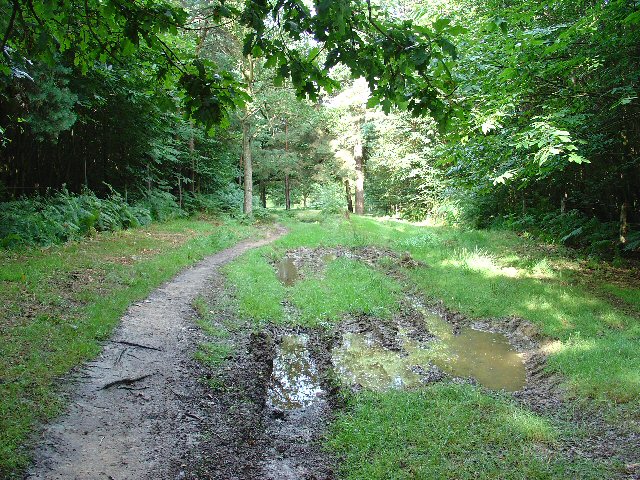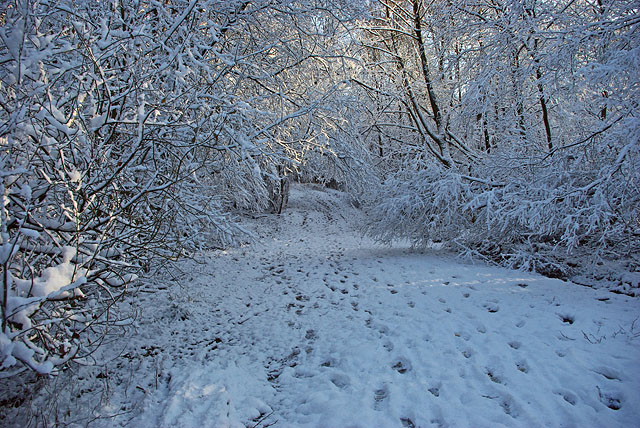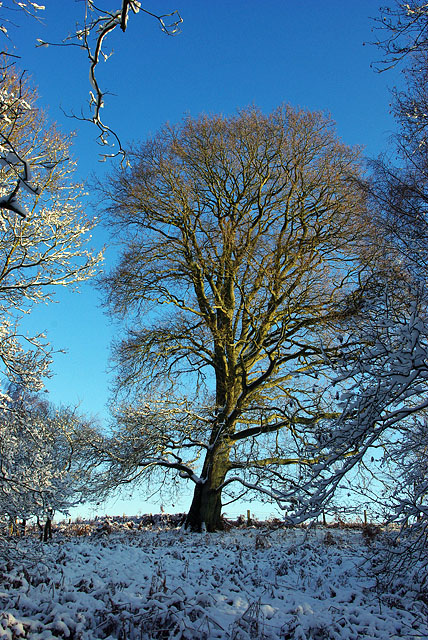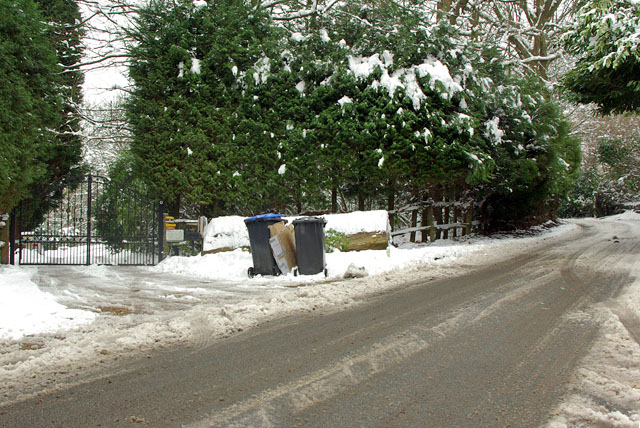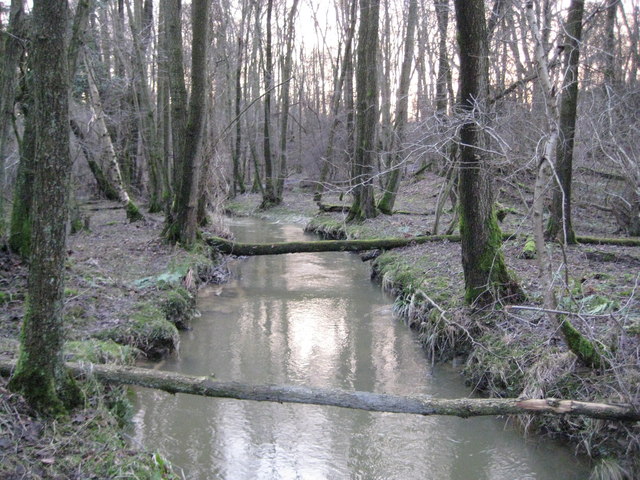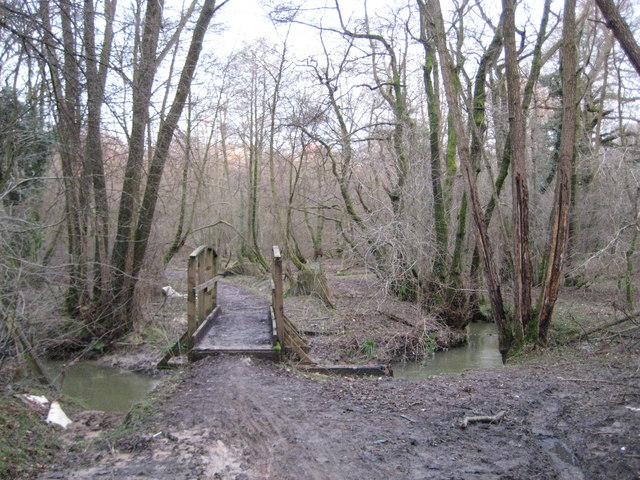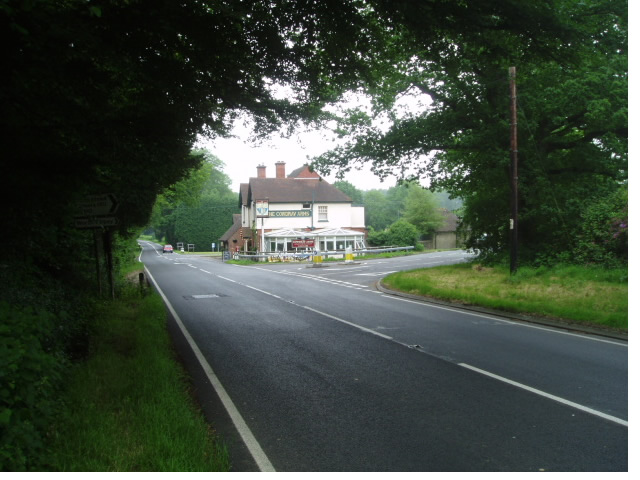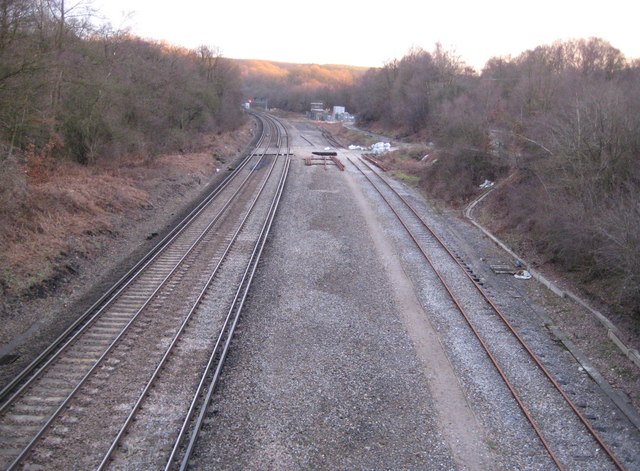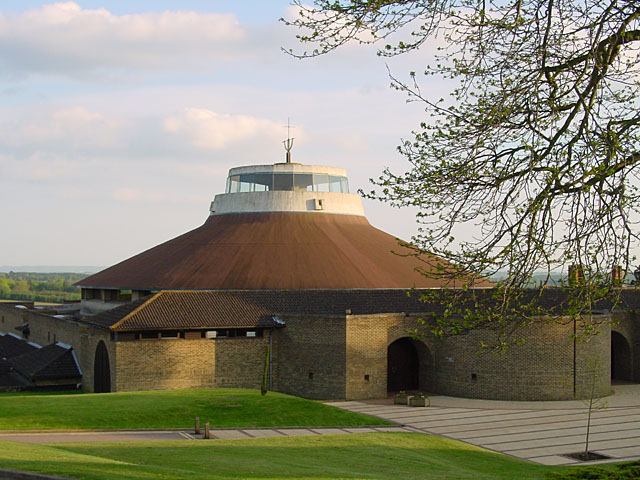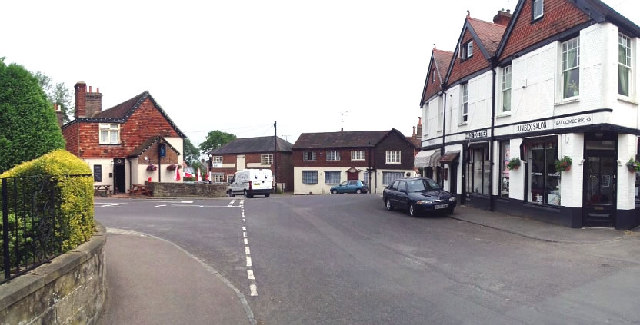Monks Forest
Wood, Forest in Sussex Mid Sussex
England
Monks Forest
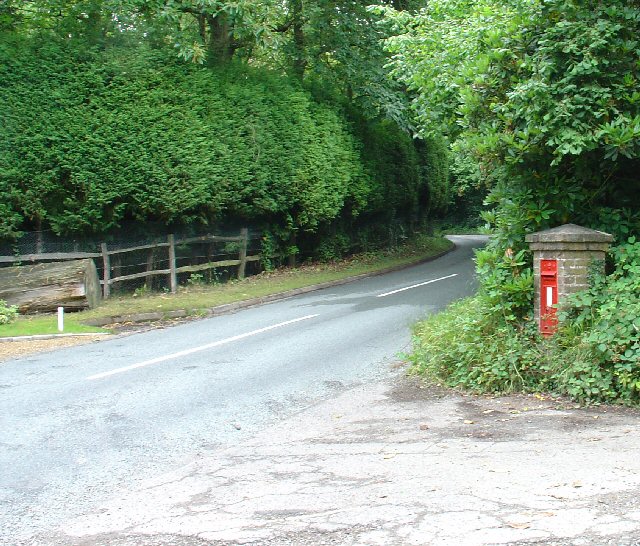
Monks Forest is a picturesque woodland located in Sussex, England. Covering an expansive area of approximately 500 acres, this enchanting forest is a beloved natural attraction for locals and tourists alike.
The forest is characterized by its diverse range of tree species, including oak, beech, and birch, which create a stunning and vibrant canopy overhead. The dense foliage provides a perfect habitat for a variety of wildlife, making Monks Forest a haven for nature enthusiasts and birdwatchers.
Tranquil walking trails wind their way through the forest, offering visitors the opportunity to immerse themselves in its serene atmosphere. These paths lead to hidden glades and secluded clearings, where visitors can rest and take in the beauty of their surroundings.
Monks Forest is also home to an array of rare plant species, adding to its ecological significance. The forest is meticulously maintained by conservationists, ensuring the preservation of its natural beauty for future generations to enjoy.
In addition to its natural wonders, Monks Forest boasts a rich historical background. It is believed that the forest was once inhabited by monks, who sought solace and spiritual retreat in its peaceful surroundings. Ancient ruins and remnants of their presence can still be found within the forest, adding an air of mystery and intrigue to the area.
Overall, Monks Forest is a captivating woodland destination that offers a harmonious blend of natural beauty and historical significance. It provides a sanctuary for both wildlife and visitors, allowing them to escape the hustle and bustle of everyday life and reconnect with nature.
If you have any feedback on the listing, please let us know in the comments section below.
Monks Forest Images
Images are sourced within 2km of 51.076634/-0.13739918 or Grid Reference TQ3032. Thanks to Geograph Open Source API. All images are credited.
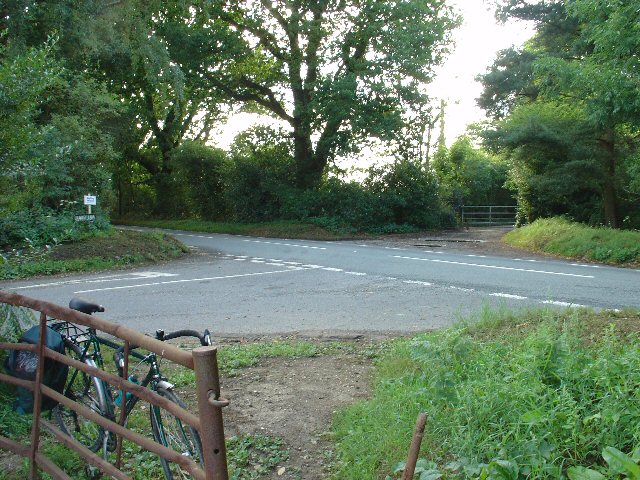
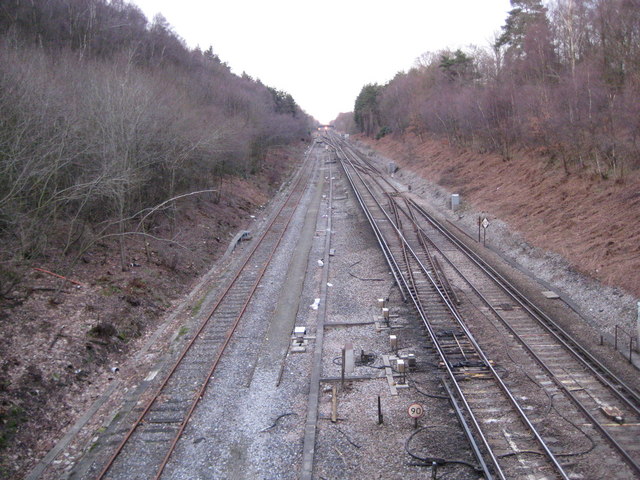
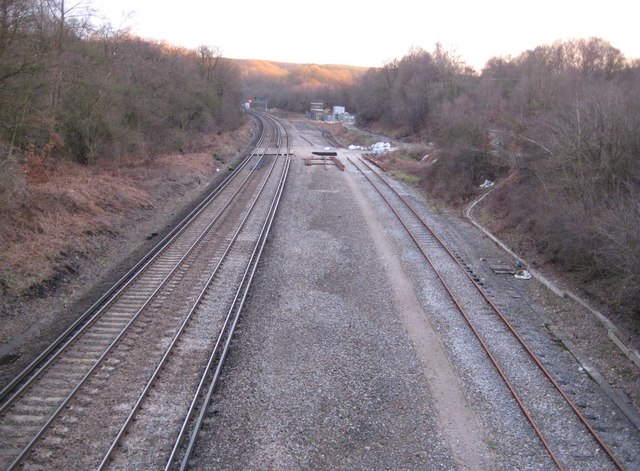
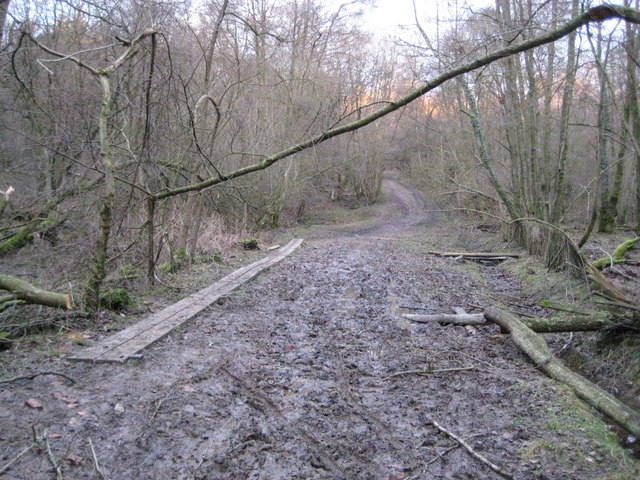


Monks Forest is located at Grid Ref: TQ3032 (Lat: 51.076634, Lng: -0.13739918)
Administrative County: West Sussex
District: Mid Sussex
Police Authority: Sussex
What 3 Words
///caps.prep.simulations. Near Balcombe, West Sussex
Nearby Locations
Related Wikis
Worth Forest (electoral division)
Worth Forest is an electoral division of West Sussex in the United Kingdom, and returns one member to sit on West Sussex County Council. == Extent == The...
Balcombe tunnel
Balcombe tunnel is a railway tunnel on the Brighton Main Line through the Sussex Weald between Three Bridges and Balcombe. It is 1,034 metres (1,131 yards...
Worth Forest
Worth Forest is a 43.8-hectare (108-acre) biological Site of Special Scientific Interest south of Crawley in West Sussex. It is in the High Weald Area...
Worth School
Worth School is a private co-educational Roman Catholic boarding and day school for pupils from 11 to 18 years of age near Worth, West Sussex, England...
Worth Abbey
The Abbey of Our Lady, Help of Christians, commonly known as Worth Abbey, is a community of Roman Catholic monks who follow the Rule of St Benedict near...
Balcombe
Balcombe is a village and civil parish in the Mid Sussex District of West Sussex, England. It lies 31 miles (50 km) south of London, 16 miles (26 km) north...
Balcombe railway station
Balcombe railway station is on the Brighton Main Line in England, serving the village of Balcombe, West Sussex. It is 33 miles 64 chains (54.4 km) down...
Burgess Hill East (electoral division)
Burgess Hill East is an electoral division of West Sussex in the United Kingdom, and returns one member to sit on West Sussex County Council. == Extent... ==
Nearby Amenities
Located within 500m of 51.076634,-0.13739918Have you been to Monks Forest?
Leave your review of Monks Forest below (or comments, questions and feedback).
